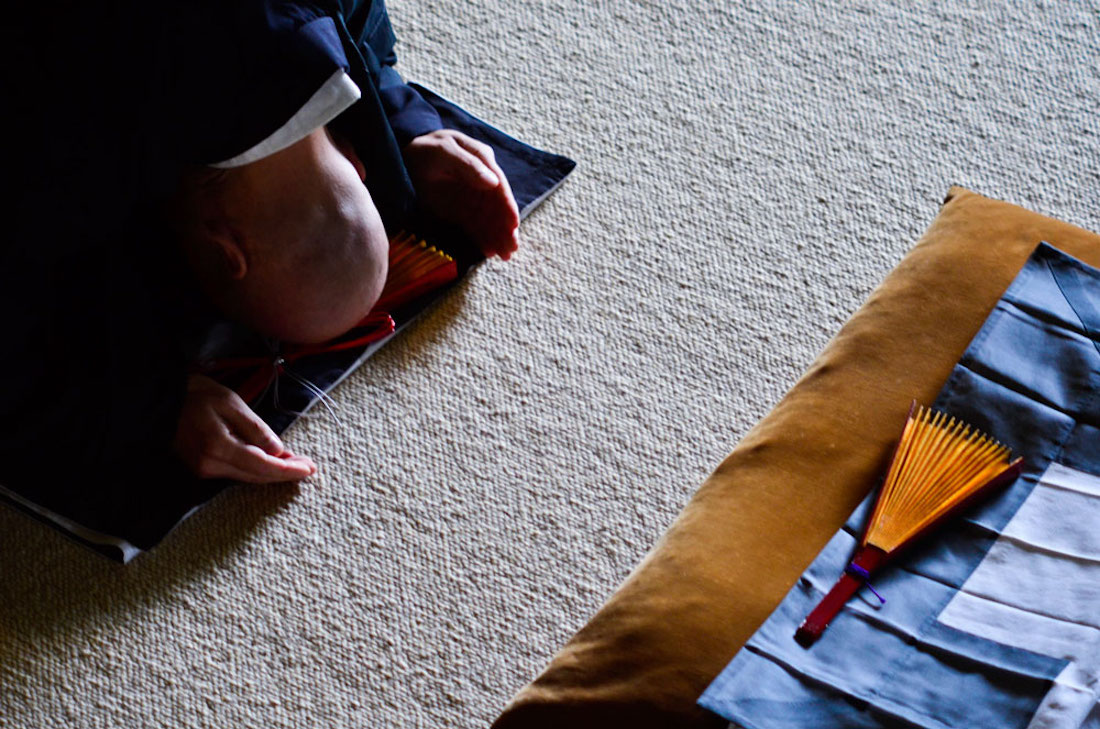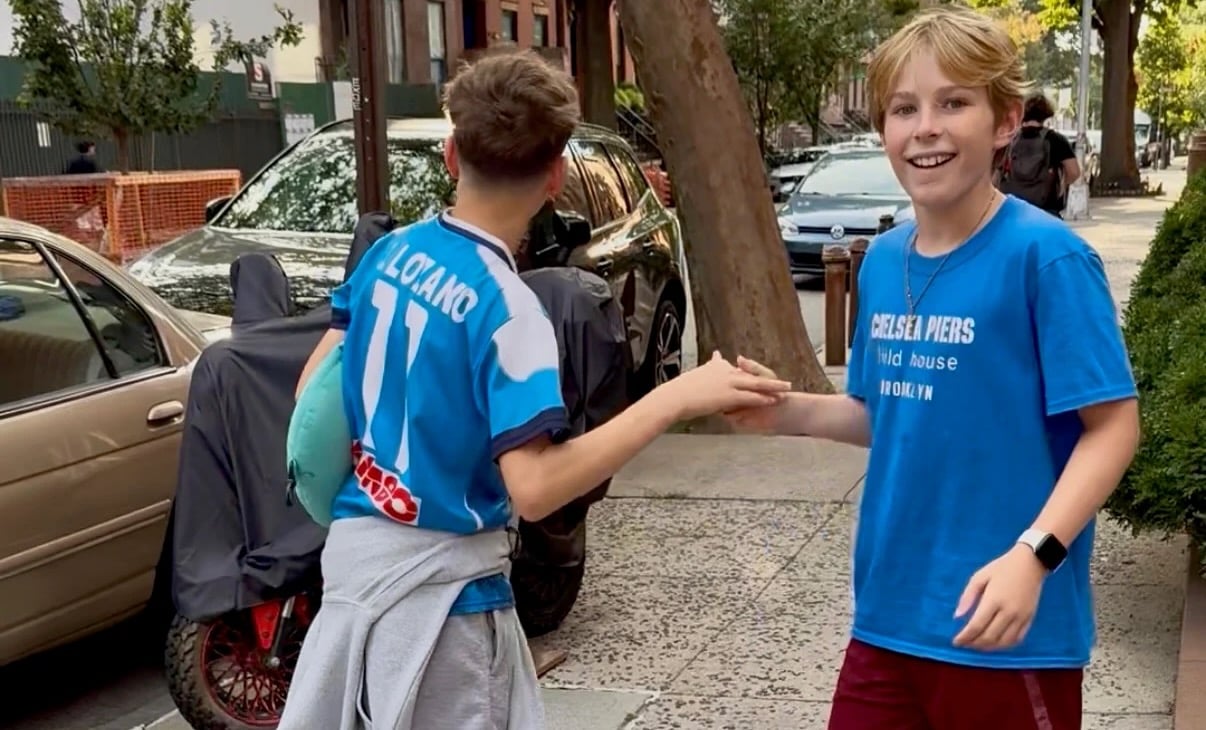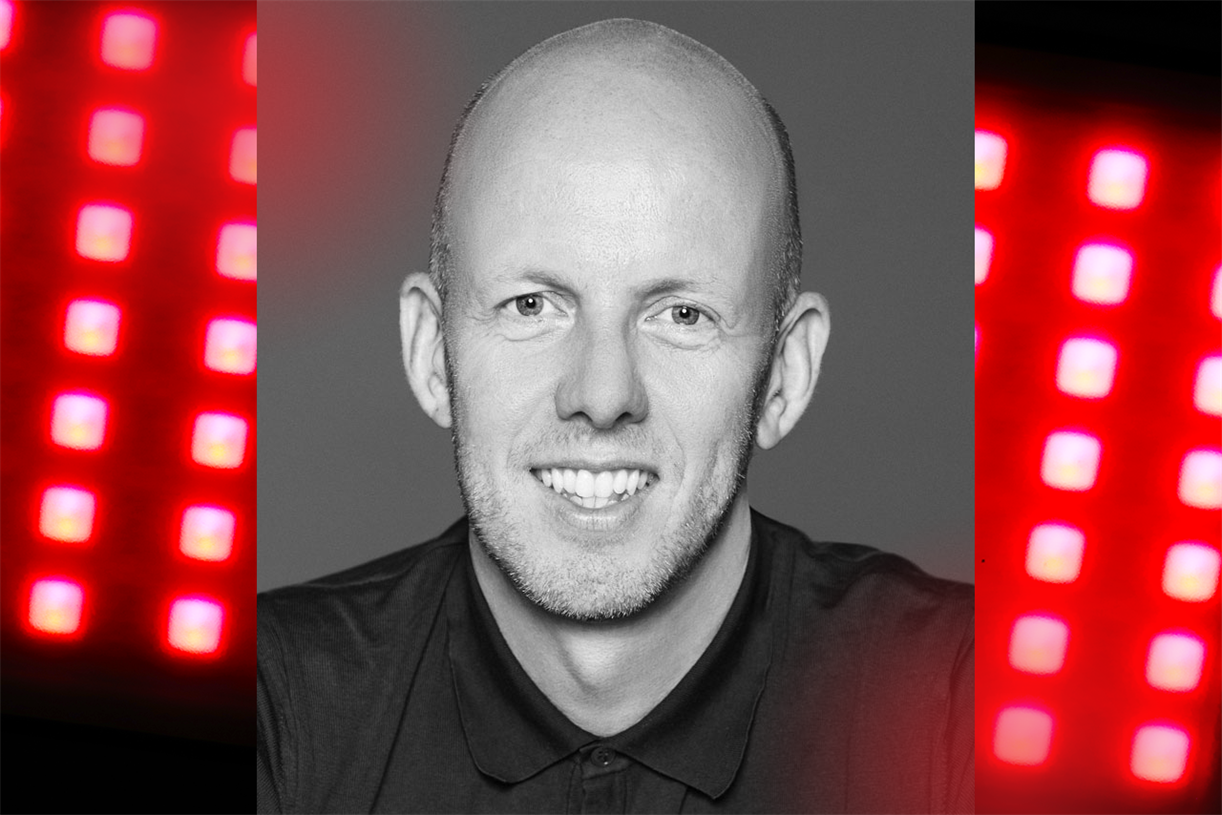The Wrinkle in the Mat
A Zen monk recalls an unexpected initiation in his hossen ceremony, the rite of passage to become a senior student. The post The Wrinkle in the Mat appeared first on Tricycle: The Buddhist Review.

 Photo by David Gabriel Fischer | https://tricy.cl/3aFThcD
Photo by David Gabriel Fischer | https://tricy.cl/3aFThcDDressed in a novice Zen monk’s formal robe, my bowing mat folded over my left arm, I stood with one other monk before the monastery’s ceremony hall entrance. Through the doorway, I could see splashes of royal purple, gold, and chocolate brown—the dress robes of the senior monks at the monastery. In a few moments, the ceremonial drum would sound, and I would walk through those doors, the eyes of the entire community upon me. I was about to begin my hossen, a coming of age ceremony for all new trainees at the monastery.
The concrete floor was cool beneath my feet. As I shifted from one foot to the other, I picked up the faint smell of pine incense—and a hint of something else.
It’s the laundry soap I used yesterday to scrub my bowing mat.
As thoughts arose, I let them pass—they were just clouds drifting through a clear sky, and I wanted that clear sky.
After well over a year as an anonymous novice monk, I knew my ability to stay still in the purity of the present moment was about to be tested. I cocked my ear toward the door, waiting for my cue to enter, the first beat of the big drum.
I had first come to the monastery in 1976, part of an era when millions of young people freely explored traveling abroad, living in communes, making love—not war, and consuming an astonishing number of hallucinogens. When I told my friends in Vancouver, Canada, that I was going to a Zen monastery to meditate and learn how to live in the present moment, no one batted an eye. Only a couple of years after the twin disasters of Watergate and Vietnam, yet well before the appearance of HIV-AIDS, my friends and I thought we could be part of a movement charting a better path to the future.
But when I returned to the monastery a few years later, times had changed. Nine hundred people had died at a commune in Jonestown after drinking cyanide-laced punch. Over half a million Vietnamese refugees—the boat people, as they became widely known—had been abandoned at sea. Though my story of wanting to live in the present moment didn’t sit quite as well, I was still determined to try my hand at being a Zen monk. When eating, I would just eat; when walking, I would just walk. As I became more and more present, the boundaries between all things would disappear, and I would see the common life force in all things. If I could still find that moment of pure grace, maybe there was still a chance for me to be different from those in the generation before me.
Though I performed all manner of tasks at the monastery—sweeping paths, washing dishes, milking goats, and chopping firewood—my real job was to meditate and study the different Zen stories. Among the latter, the legend of the Sixth Ancestor was my favorite. Long ago, the abbot of a monastery in China was looking for a successor and asked monks to write a poem on a temple wall demonstrating their understanding. The chief monk wrote a poem comparing the practice of Zen to polishing a standing mirror to remove all the dust. The better we practiced, the cleaner and brighter the mirror of our mind. All the monks much admired the poem. Late that night, an illiterate kitchen monk asked someone to read the poem to him. After hearing it, he composed his poem. “Since there was no stand and no mirror bright, where could the dust alight?” The abbott praised the first poem but chose the kitchen monk, Hui Neng, as his successor.
I loved this story—yet knew that I didn’t fully understand it. The first poem about polishing the mirror seemed to sum up perfectly the practice I was following, but the chief monk had not won the contest. In “polishing my mirror,” I was wholeheartedly pursuing a method that wasn’t quite it. Though puzzled by this, I expected there would be gaps in my understanding as a novice monk. I was happy to continue with my perfectly imperfect practice, modeling myself on the chief monk.
But a few days before my hossen, or Chief Junior ceremony, the doan—the disciplinarian— asked to meet with all novice monks. He was a small man with a slight hunchback and a strong British accent. Standing on the higher ground, he began with a few pleasantries to make sure he had our attention, then paused a moment.
“You’re all going around doing your work trying to keep your head down.”
What was he saying?
“You’re all afraid of making a mistake,” he said.
Who wants to make a mistake?
I’d heard those Zen stories of monks making mistakes, and they didn’t end well. In one, a teacher answered a question about karma incorrectly and was reborn endlessly in the body of a fox until he got the answer right. In another, a Japanese samurai had a passionate affair with his Lord’s wife and—in an attempt at redemption—spent thirty years digging a tunnel through a mountain that would save lives in a local village.
The doan went on, “You have to be willing to allow the koan to arise before you can work with it.”
I knew to keep a blank face but couldn’t help wrinkling my brow. He seemed to be encouraging me to make a mistake as if that was part of the purpose of being here. I envisioned myself as that Japanese samurai and shuddered.
Who wants to spend thirty years digging a tunnel inside a mountain?
***
Boom.
Boom, boom.
The monk beside me answered with his small handbell. Ting, ting.
Boom, ting, boom, ting, boom, ting.
I entered the room and moved in front of the main altar to do my three bows. My thoughts were just clouds in the sky. They would pass, and the clear sky would remain. I would dwell in that space between thoughts, that pure place of the present moment.
Taking the folded bowing mat off my arm, I held it full in front of me for a moment. Four feet long and two feet wide, the mat had a brilliant white center surrounded by a four-inch black border. I spread it out in front of me with a gentle flip of my wrists, just as I had hundreds of times before.
I smiled—it had drifted to the floor almost perfectly, with only a slight wrinkle in the right corner, a shadow across part of the white center. I reached out with my toe and pulled the mat toward me, fixing the ripple. Between the black borders, the gleaming white center of the mat shone back at me. Perfect.
I let that thought go, took a deep breath, and began my full bows. After the bows and the ceremony’s opening, I took my seat, read a short poem, and then brought my staff down hard on the floor: Thwack!
“What say you?!” I exclaimed.
This phrase was the signal for the most junior novice monk to ask the first question.
“How can I help?” she asked me.
“Open your heart,” I replied.
“Congratulations,” she responded.
“I thank you.”
The first exchange was over, and it was on to the next question. I brought my staff down again—thwack! “What say you?” The questions and answers were spontaneous. Twenty exchanges later, the dharma dialogue was over. Though the exchange of words was meaningful, the real test was one of grace under pressure.
Almost all the novice monks had responded to my short answers with the customary “congratulations.” It was not their role to judge, and besides, each of them either had been or would be in my seat one day. The real judgment came last from Rev. Master Jiyu Kennett, founder of the monastery.
There had been an effortless grace to the exchanges, like that between those serving and being served in the mealtime ceremony. Though energized, I’d been able to remain centered and to enter into the flow of the ceremony. At times there’d seemed to be at least a modest meeting of minds.
The ceremony concluded with short verses from the senior monks. We all listened for the final words from Jiyu-Zenji, who offered a traditional verse, but then spoke directly to me:
“You came from the North. Now that I am standing in front of you, who is it that is standing in front of me, now that I am standing in front of you?” She paused for a few seconds, then: “This Chief Junior will be watched.”
In the language of the monastery, these were strong words of confirmation. It was the second time in a month that the abbott had commented publicly on my practice. With my head bowed, a big smile broke out on my face.
After the abbott departed and the senior monks were beginning to leave the room, the vice-abbott came up to me. I looked at him, my face still beaming. Offering me his congratulations, he took me aside for a private talk.
“Do you recall the beginning of the ceremony and that wrinkle in your mat?” he asked.
“Yes. I had to straighten it only a little,” I replied.
He looked me straight in the eye, “Never straighten a bowing mat with your foot. Take the time to kneel and use your hand. Attend wholeheartedly to even the tiniest detail. That ripple in your mat deserved your complete attention.”
My stomach sank. I made a slight bow. The vice-abbott returned the bow and walked away, leaving me to reflect upon what had just happened.
I never straightened my mat with my foot ever again. Eventually, the episode of that wrinkle in my mat became my version of the story of the two poems. There was a ripple in the bright mirror of my mind—a streak of darkness in the purity of the present moment. The goal of Zen practice wasn’t to smooth out that fold but to learn to bow and enter into it wholeheartedly.
There was a saying at the monastery: Novice monks had to earn the right to be beaten. Though in the modern era, “beatings” were understood as verbal corrections, the spirit of the saying still holds. With his words to me on this day, the vice-abbott had signaled that he thought I was ready to be taught and had struck the first blow.

Get Daily Dharma in your email
Start your day with a fresh perspective

Explore timeless teachings through modern methods.
With Stephen Batchelor, Sharon Salzberg, Andrew Olendzki, and more
![]()
Thank you for subscribing to Tricycle! As a nonprofit, we depend on readers like you to keep Buddhist teachings and practices widely available.
This article is only for Subscribers!
Subscribe now to read this article and get immediate access to everything else.
Already a subscriber? Log in.

 JimMin
JimMin 
































